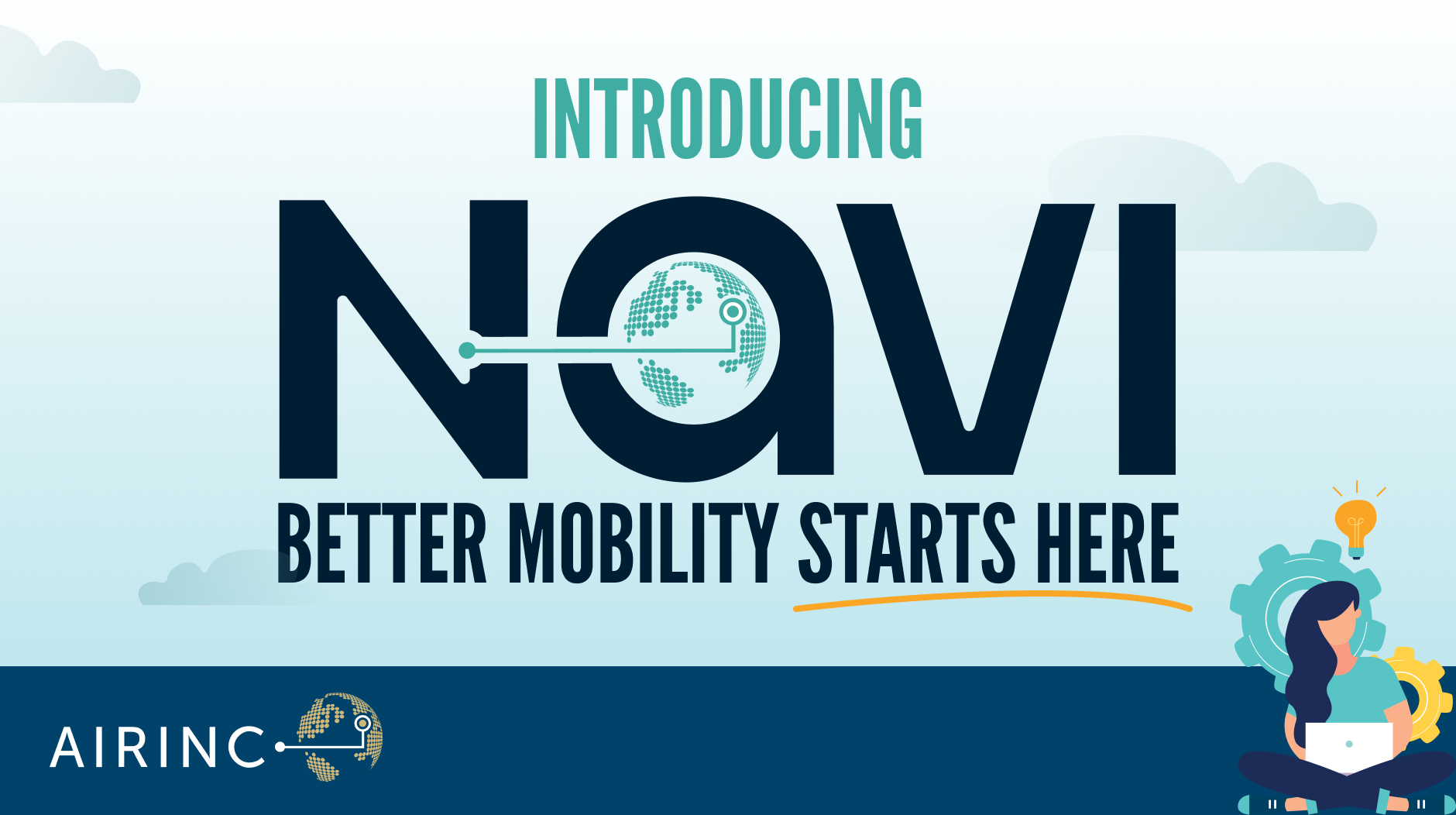If you work in global mobility, you probably have more data than you know what to do with. The challenge isn’t collecting it; it’s figuring out what it’s really telling you. Too often, program reports get treated like checklists or summaries. But behind those numbers are stories about how mobility supports people, drives growth, and shapes real business results.When you start digging into the data, patterns emerge. You see where programs thrive, where things slow down, and where decisions can be sharper. That’s when information turns into understanding, and understanding drives action.
Step One: Learn What’s Really Happening in Your Program
You can’t improve what you can’t see. Every global mobility team starts by answering the basics: Who’s on assignment? Where are they? Which policies apply, and how much are we spending?
This kind of visibility is foundational. It helps teams:
- Spot trends, such as which regions or assignment types are expanding.
- Identify ways to simplify processes or negotiate supplier efficiencies.
- Back up conversations with finance, talent, and leadership using facts instead of anecdotes.
At first, these reports tell you what’s happening. But the real learning starts when you begin asking why. Why are certain assignment types increasing? Why do costs spike in one region and not another? That’s when data stops being numbers on a page and starts telling a story.
Measuring Business Outcomes and ROI
Once you have visibility, the next step is connecting mobility activity to business outcomes.
How do assignments support strategic goals? What’s the return on investment for both the company and the employee? These are the kinds of questions that elevate mobility from operational to strategic.
We’ve seen leading teams measure:
- Talent outcomes: Comparing assignee retention, career growth, or leadership progression to peers who haven’t gone on assignment.
- Cost-to-value balance: Looking at how program spend aligns with project success, revenue impact, or critical skill deployment.
- Employee experience metrics: Gathering feedback through pre- and post-assignment surveys to understand satisfaction, readiness, and the success of first-time movers.
It’s exciting to see teams bring their data to life, not just to prove value but to uncover it. When mobility data connects directly to business performance, the function moves from service provider to strategic partner.
Seeing Clearly on Compliance and Risk
Then there’s the compliance side, the part that keeps everyone up at night. Between tax, immigration, labor law, and payroll rules across multiple countries, mobility can be a maze. Without visibility, small issues can quickly turn into big problems.
That’s why having clear compliance visibility is so powerful. It helps teams:
- Track visa and tax deadlines before they become fire drills.
- Catch exceptions or unusual benefit patterns before an audit ever happens.
- Apply policies consistently across locations and employee groups.
A strong compliance view doesn’t just reduce risk; it builds confidence in the program. When leadership trusts the data, they trust the process.
How Technology Brings It All Together
Pulling this information together manually can be time-consuming and prone to error. That’s where technology comes in. It brings data to life faster, cleaner, and in ways that actually drive action.
With AIRINC’s Navi platform, mobility teams can:
- Bring all program data into one place for quick, accurate reporting.
- Track trends and outliers automatically across assignments, costs, and benefits.
- Run diagnostics that flag risks or anomalies before they become issues.
Share interactive dashboards that help leaders see the big picture instantly.
What’s most powerful about this approach is how it changes the daily rhythm of mobility. With Navi, understanding your data isn’t a quarterly task; it becomes part of everyday decision-making.
.png?width=988&height=378&name=image%20(11).png)
From Data to Direction
Global mobility analytics are more than numbers. When used thoughtfully, they become a roadmap for smarter decisions, stronger programs and better mobility.
- Basic reporting shows what’s happening.
- Outcome measurement connects mobility to strategy.
- Compliance visibility protects the program and the people behind it.
When these pieces come together, mobility stops being reactive and starts shaping strategy. The data tells a story that shows how mobility fuels growth, opportunity, and connection.
And that’s the real takeaway: understanding doesn’t come from data alone. It comes from curiosity, collaboration, and the willingness to look a little deeper.





%20(5)%20(1).jpg)
%20(30)%20(1).jpg)

